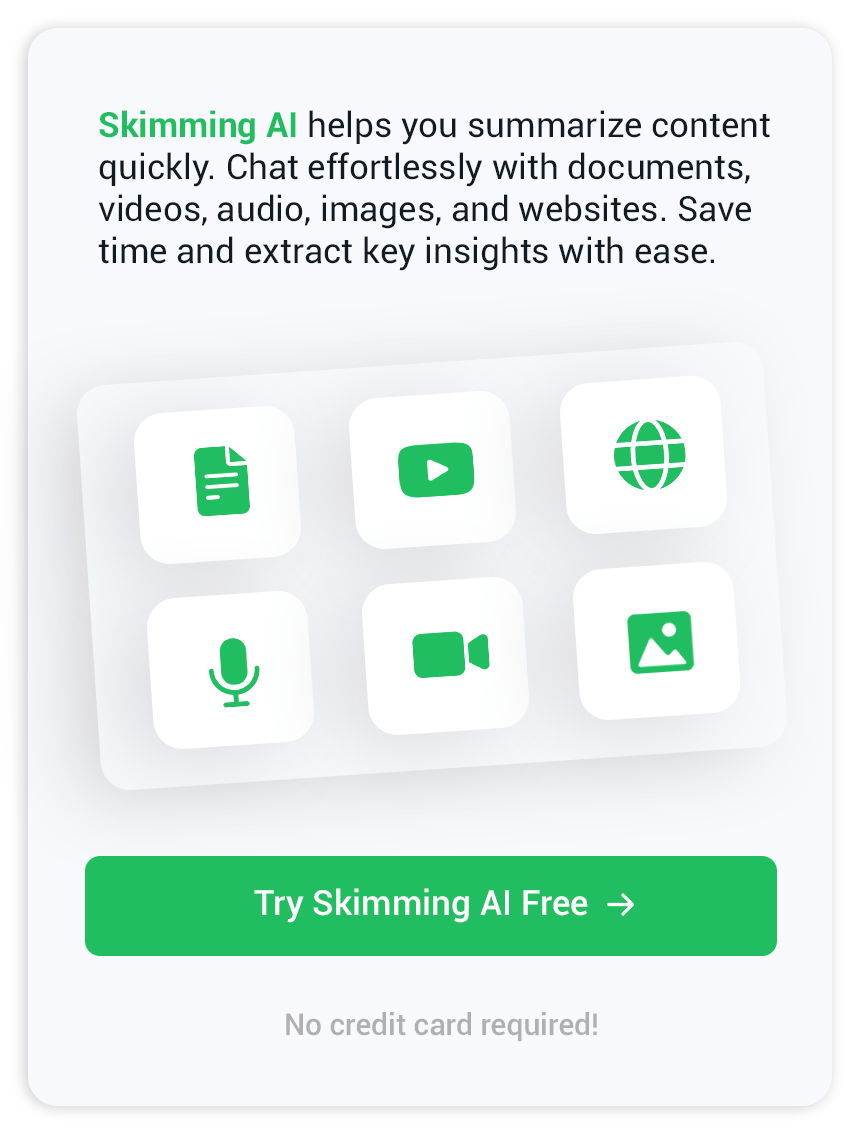Ai text to speech – realistic voice generator for content / voice solutions
Turning written content into lifelike speech has become more accessible thanks to advances in AI text to speech tools. Whether you want to listen to news articles on a walk, provide audio versions of documents, or support users with different needs, converting text to audio now takes just a few steps. But if you have never tried it before, the process might seem mysterious. Here is a clear guide to help you understand how to get started using AI text to speech services.
Understanding AI Text to Speech
AI text to speech goes beyond robotic voices of the past. Modern systems can generate natural tones, adding pauses and inflections for realistic results. You might notice how audiobooks, accessibility features, and even learning platforms rely on this type of technology to make content friendlier for a broad audience.
Preparing Your Text for Conversion
The journey usually begins by gathering the content you wish to convert. This could be a personal note, an online article, a manual, or even a detailed report. Make sure your text is clear, free of typos, and organized in a way that would make sense if read aloud. Punctuation, paragraph breaks, and headings all influence how the final audio will sound.
Using AI Tools for Conversion
Today, the most popular way to convert text to audio is by selecting an online AI tool. Typically, these platforms let you copy your text into a field, choose a voice, and then click “generate” to get your audio file. Some tools provide options for adjusting speech speed, pitch, and even choosing among several languages for broader accessibility.
For example, if you have a set of meeting minutes in a PDF, you might want a summary first. A practical approach could be using a PDF summarizer to shorten the content, then convert that summary with an AI text to speech tool. This lets you get to the core points quickly while still benefiting from audio delivery.
Personal Uses That Make a Difference
People use AI text to speech for all sorts of daily activities. Some rely on it to catch up on news hands-free during a commute. Others adopt it as part of their study routine or to help friends and family understand content in a more comfortable format. You might even convert website content for quick listening, using a website summarizer to distill information before listening. These tools remove the barrier between written language and experience, creating a bridge for anyone who prefers or requires audio.
Getting the Best Result from AI Voices
Clarity improves with a few small tweaks. Adding punctuation helps voices sound more conversational. Short sentences, bullet points rephrased as separate lines, and clear subject shifts all translate better into speech. If you want your audio to be shareable or suitable for presentations, experiment by tweaking the text and replaying short sections for quality.
Our technology brings this level of text familiarity to spoken words, combining strong document understanding and natural-sounding voices. For those who routinely deal with long documents, a concise text summarizer can dramatically reduce preparation time, feeding only the most relevant parts into the AI text to speech engine for conversion.

